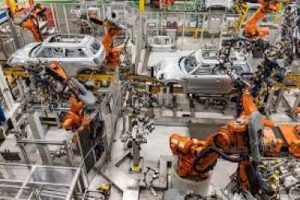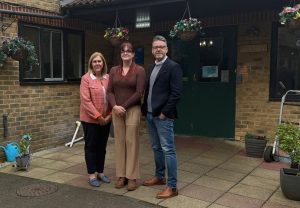AME secures first contract…three months before opening

THE Coventry-based Institute for Advanced Manufacturing and Engineering has secured its first research project…three months before officially opening.
Research and development specialists at the facility have won a £750,000 Technology Strategy Board (TSB) competition to discover ways of speeding up the design and prototype cycle and cut costs of bringing new products to market.
The ‘Towards Zero Prototyping’ project will aim to develop novel modelling and simulation techniques that will help designers and manufacturers reduce the need for physical prototypes.
A team of six researchers and engineers from AME will use High Performance Computers at Coventry University to create cutting-edge software that will combine three verification techniques – Computational Fluid Dynamics (CFD), Finite Element Analysis (FEA) and Frequency Responses Analysis (FRA) – into one programme.
The project will initially use a Unipart Eberspächer exhaust system destined for a new vehicle model, with longer-term plans to take the R&D into other sectors, including aerospace and rail.
James Simester, Technology Director, explained: “Car manufacturers and tier 1s (suppliers) spend millions every year on developing new products and platforms, with significant costs consumed by analysis and simulation, along with multiple prototype builds.
“The use of modelling and simulation tools is increasing all the time and UK companies are gaining a competitive advantage from the reduction in design cycle times and expenditure, not to mention being able to bring better products to market quicker.”
He said the Technology Strategy Board had committed significant funding into moving ‘Towards Zero Prototyping’ and institute believed it had the academic capability and industry application to make the next breakthrough.
“Better still, in our spirit of ‘learning in a live manufacturing environment’, we intend on using a commercial automotive product to test our research,” he added.
AME will develop a software package that will allow Computational Fluid Dynamics, Finite Element Analysis and Frequency Response Analysis to talk to each other for the first time.
This immediately reduces the need to complete each verification process and the simplified solution promises to provide even greater information on corrosion and complex interactions between each analysis discipline.
The Technology Board said the collaboration between industry and academia was crucial to the successful bid and there was clear evidence the project could accelerate the development of lightweight exhaust systems.








